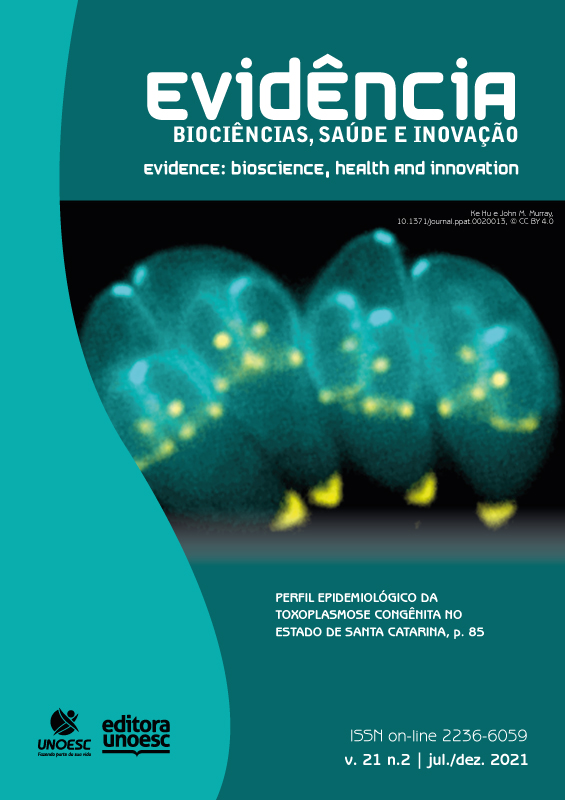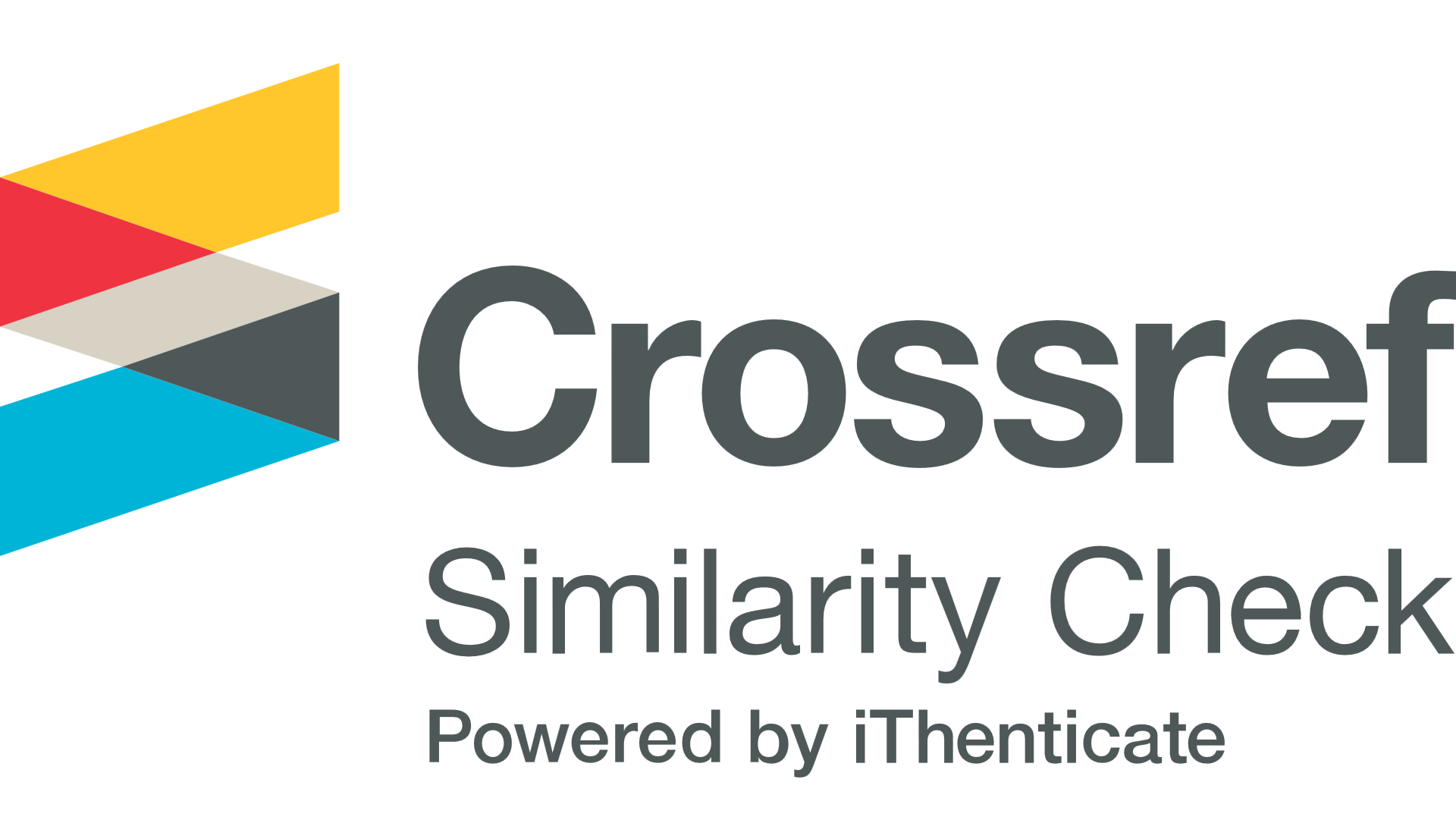Action protocol for semi-thin brain slices inclusion in polyester resin: a low cost approach in macroscopic anatomy teaching for elementary and high school education
DOI:
https://doi.org/10.18593/eba.24828Keywords:
Teaching materials, Polyester resin, BrainAbstract
In the teaching of biology and science the understanding of macroscopic morphology prioritizes the two-dimensional view, much more for logistic than pedagogical factors. Such a view, offered by textbooks, is the most important limiting factor for mastering these skills. Good quality three-dimensional models are costly. Biological materials of known origin and ethics are also infrequent, their preparation and preservation require skilled labor, constant curation and even require chemicals in their preparation that are irritating, toxic or with potential for abuse, e.g. formaldehyde, alcohol, chloroform. The need to bring the student closer to the content taught in the classroom enriching the didactics and improving the teaching-learning process leads to a search for new ways and materials that help the teacher in this development. The action protocol for the production of didactic material for the teaching of anatomy, using semifin slices of vertebrate brain, fixed and later included in polyester acrylic resin facilitates the real contact of the student with the theoretically exposed, disconnecting from the need for a science and biology lab, since resin is a lightweight, non-toxic, long-lasting material that can be taken into the classroom. The choice of neuroanatomy (brain) pieces is interesting because of their structural and nomenclature complexity that, when viewed and handled, facilitates the student's theoretical-practical correlation.
Downloads
References
Dangelo JG, Fattini CA. Anatomia Humana Sistêmica e Segmentar. 3. ed. São Paulo: Atheneu; 2007.
Tortora GJ. Princípios de anatomia humana. 10.ed. Rio de Janeiro: Guanabara Koogan; 2007.
Melo JSS, Brasil LM, Balaniuk R, Costa EB, Bittencourt I, et al. Uso da Realidade Virtual em Sistemas Tutores Inteligentes Destinados ao Ensino de Anatomia Humana. In: Anais do 17º Simpósio Brasileiro de Informática na Educação, 2007.
Campus FHC, Maia NMFES, Guerra EMD. A experiência de ensino da anatomia humana baseada na clínica. In: Anais do 23º Congresso Brasileiro de Anatomia, 2008. Fortaleza: Universidade Metropolitana de Fortaleza; 2008.
Verri ED, Deienno FS, Sampaio MGE, Gomes OA. A. Análise comparativa da metodologia de estudo para o ensino e aprendizagem de anatomia entre ABP/tradicional. In: Anais do 23º Congresso Brasileiro de Anatomia. Ribeirão Preto: UNAERP; 2008.
Molinari SL, Monteiro AS, Miranda-Neto MH. Práticas para abordar o tema sistema esquelético. Arq Apadec, 1999.
Silva MSL, Machado HA, Biazussi HM. Produção de Material Didático Alternativo para Aula Prática de Anatomia Humana. In: Anais do 7º Congresso Norte Nordeste de Pesquisa e Inovação, 2012. Palmas: Instituto Federal de Educação, Ciência e Tecnologia; 2012.
Published
How to Cite
Issue
Section
License
Copyright (c) 2021 Evidência

This work is licensed under a Creative Commons Attribution-NonCommercial 4.0 International License.
Copyright Statement
The authors retain the copyrights and grant the Journal the right of the first publication, with the work being simultaneously licensed by a Creative Commons - Attribution - Non-Commercial 4.0 International License.

































